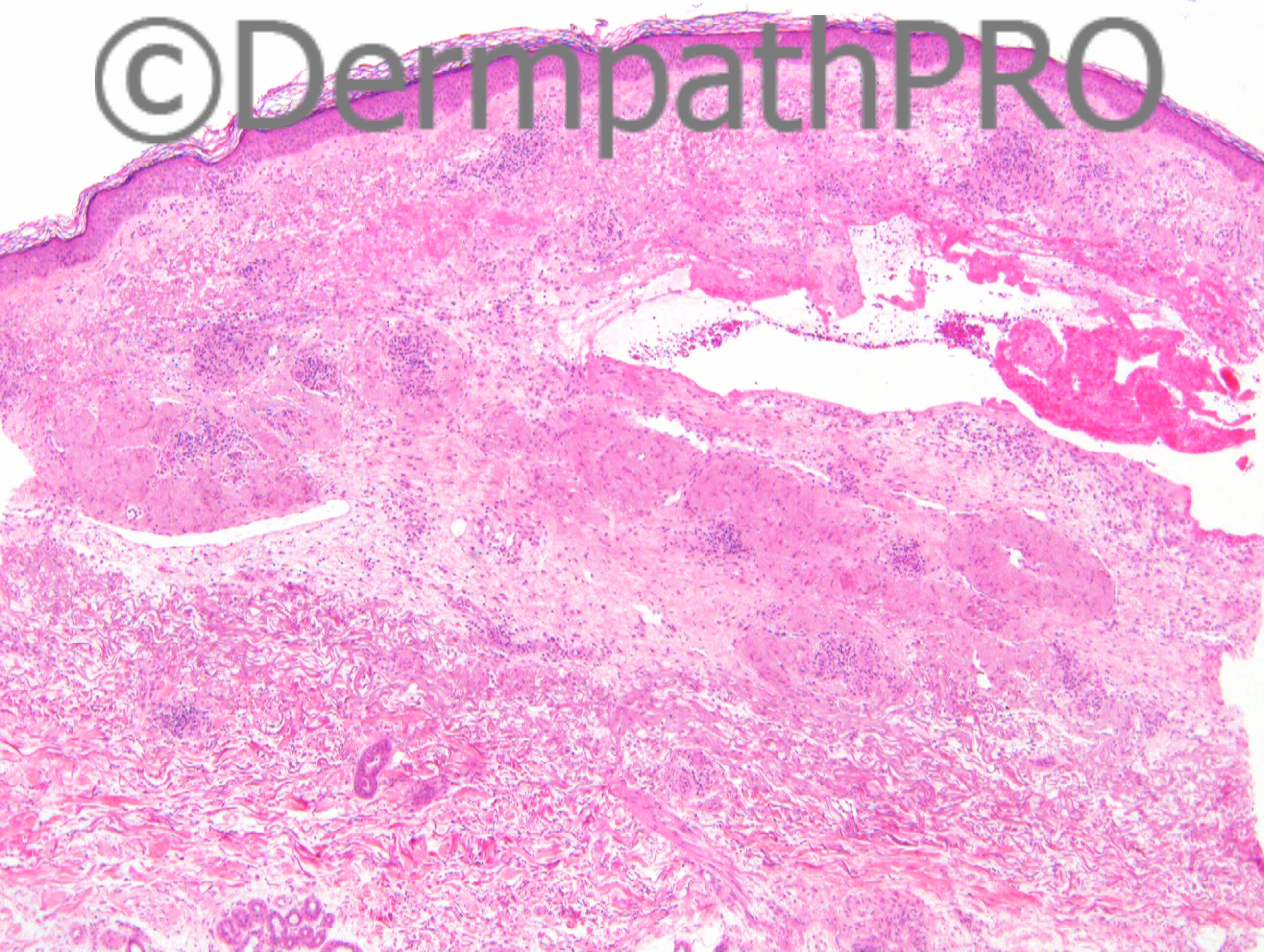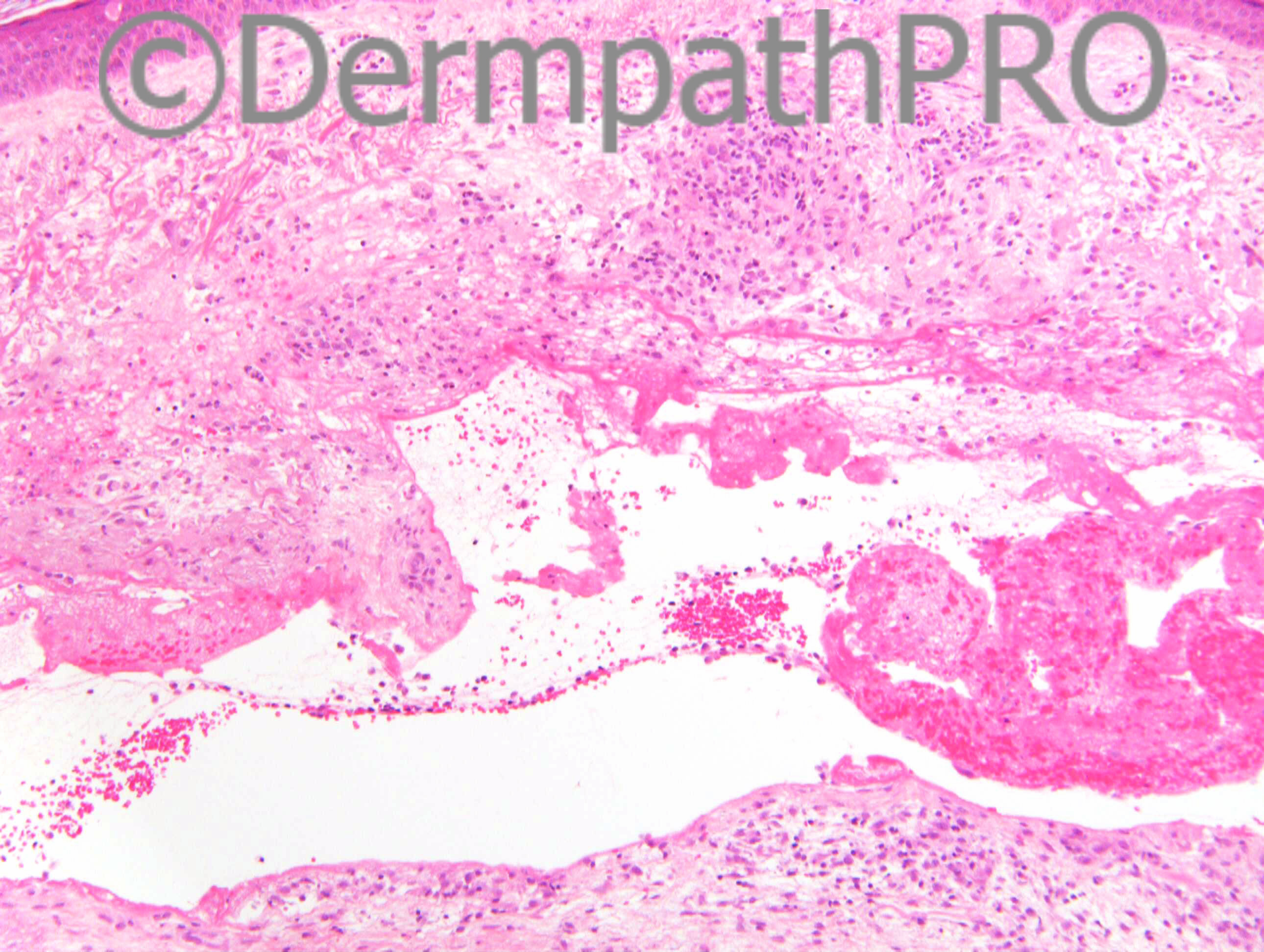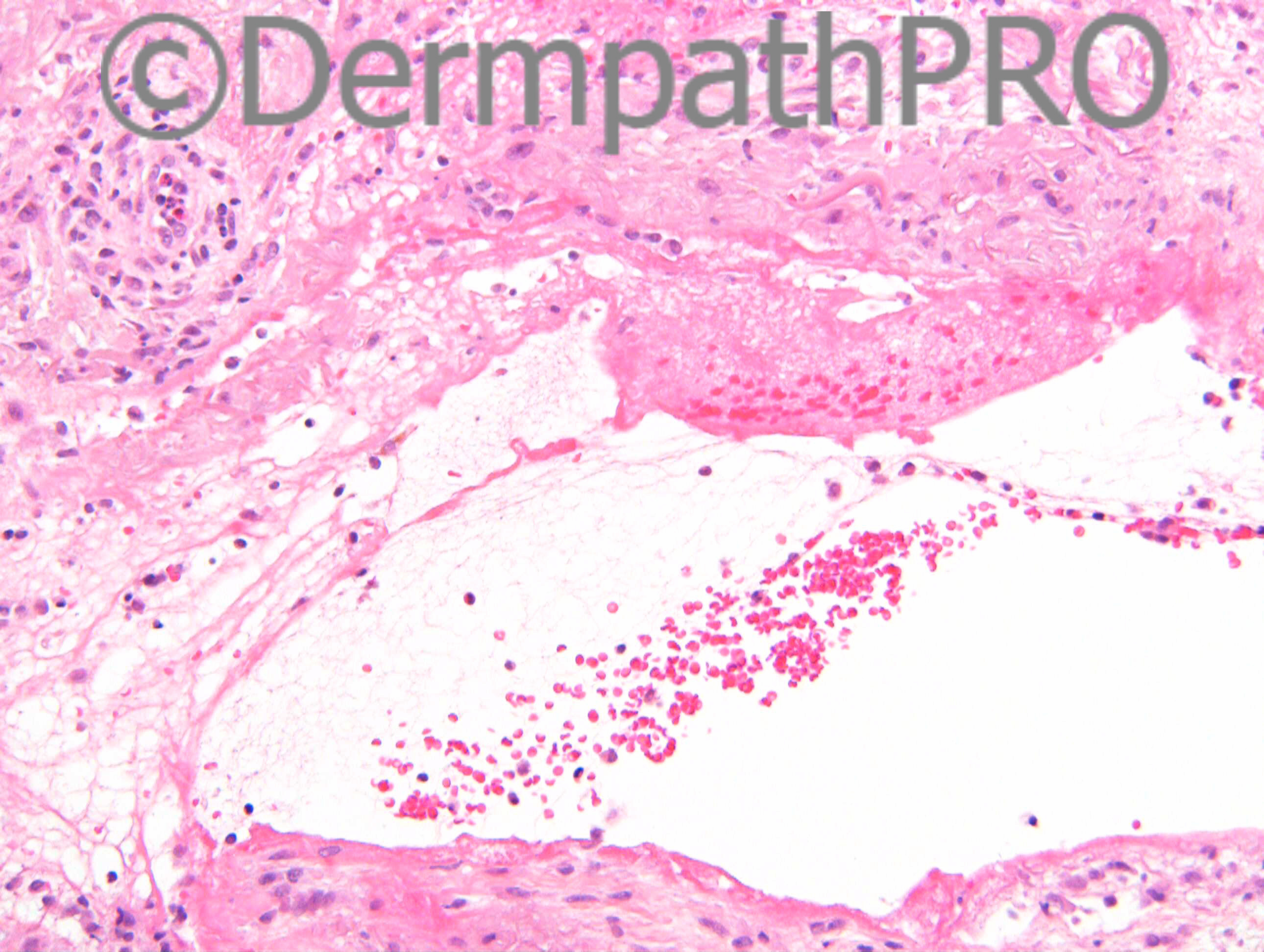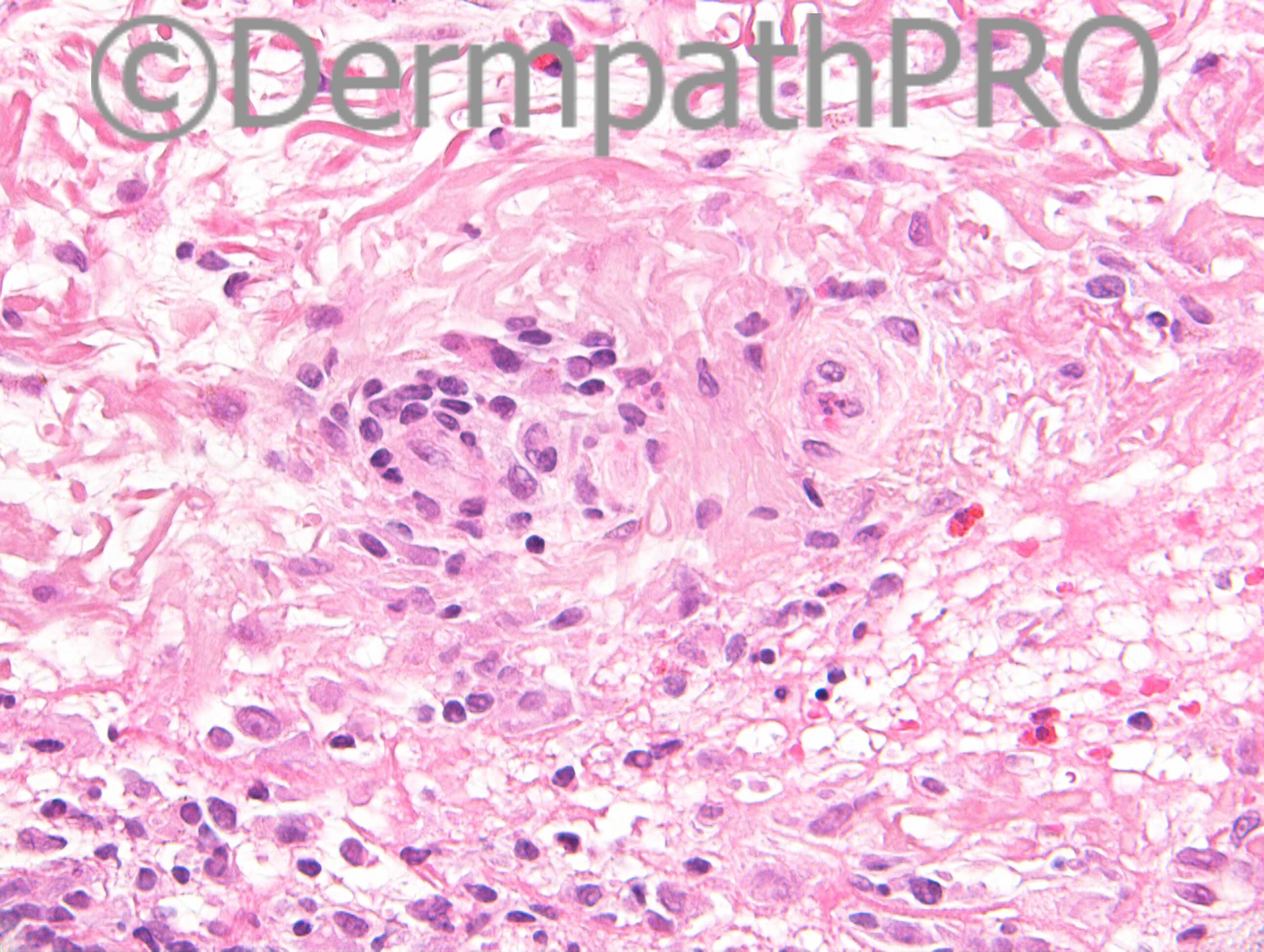Case Number : Case 1332 - 31 July Posted By: Guest
Please read the clinical history and view the images by clicking on them before you proffer your diagnosis.
Submitted Date :
M82. Forearm. 6/12 history of indurated erythematous area on forearm. Resolves after 2-3/7. ?contact dermatitis.
Case posted by Dr Richard Carr
Case posted by Dr Richard Carr








Join the conversation
You can post now and register later. If you have an account, sign in now to post with your account.